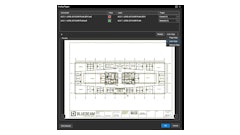
The Q4 2018 USG Corporation + U.S. Chamber of Commerce Commercial Construction Index (Index) indicates that despite staunch concerns over labor shortages and skilled workers, three-quarters of contractors believe advanced technologies may improve labor productivity on jobsites.
According to the Q4 report, while just over 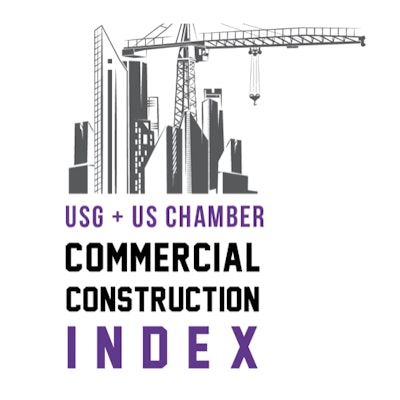
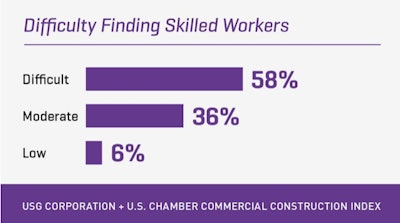
“The construction industry has historically lagged behind others in productivity and, when confronted by the labor shortage, there is an even greater need to identify meaningful solutions that will lead to growth and innovation,” said Jennifer Scanlon, president and CEO of USG Corporation. “To achieve the expected growth, it is important that contractors, architects, and designers invest in understanding how technologies like robots and 3D printing can transform jobsites and impact businesses in the near- and long-term.”
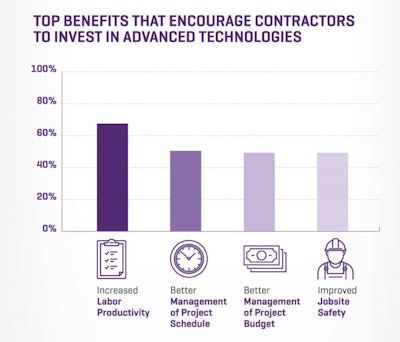
Notably, all the technologies included in the study are expected to increase in use over the next three years, but wearable technologies such as sensors are expected to grow the most. While only 6% of contractors currently report using this type of innovation, the number who anticipate its use over the next three years more than triples to 23%. Contractors view wearable technologies as one of the top ways to improve safety (83%), workforce management (56%) and productivity (36%). In general, about half of all contractors consider key project performance indicators like schedule, budgets and safety to be some of the top benefits of investing in technologies.

“From the industrial revolution to the digital age, U.S. companies and workers have helped create and sustain the most dynamic and resilient economy in history. Today, our economy is being rapidly reshaped by technology and other forces,” said Thomas J. Donohue, president and CEO of the U.S. Chamber of Commerce. “This transformation is creating opportunity, but too many people lack the skills or credentials they need to compete for 21st century jobs and too many businesses can’t find the skilled workers they need. To maintain America’s competitive advantage, it’s imperative that industries and businesses adapt and leverage technology as a way to address workforce challenges.”
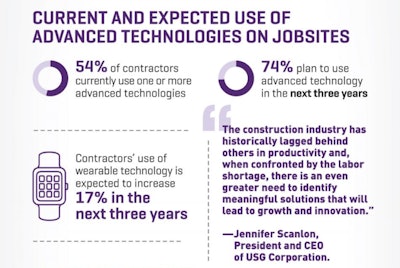
The Q4 2018 results from the three key drivers were:
- Backlog: Contractors’ ratio of actual to ideal backlog dipped slightly from 81 to 80. The average current contractor backlog was 10.0 months, down from 10.3 months last quarters
- New Business: The level of overall confidence was 76, increasing quarter-over-quarter (74 in Q3 2018).
- Revenues: Revenue expectations remained steady at 69 quarter-over-quarter.
The research was developed with Dodge Data & Analytics (DD&A), the leading provider of insights and data for the construction industry, by surveying commercial and institutional contractors.
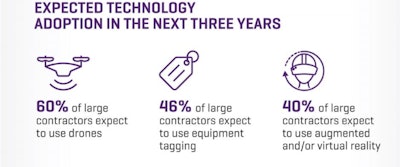
About the Index
The USG Corporation + U.S. Chamber of Commerce Commercial Construction Index is a quarterly economic index designed to gauge the outlook for, and resulting confidence in, the commercial construction industry. USG Corporation and the U.S. Chamber produce this Index, along with Dodge Data & Analytics (DD&A). Each quarter, researchers from DD&A source responses from their Contractor Panel of more than 2,700 commercial construction decision-makers in order to better understand their levels of confidence in the industry and other key trends. This panel allows DD&A to provide findings that are representative of the entire U.S. construction industry by geography, size, and type of company.
Click here to see the full report, methodology, and graphics.
Please note the Commercial Construction Index report is intended for general informational purposes only. It is not intended to support an investment decision with respect to USG Corporation, nor is it intended to be used for marketing purposes to any existing or prospective investor of USG. This report is not a forecast of future results for USG and actual results of USG may differ materially from those of the commercial construction industry.













